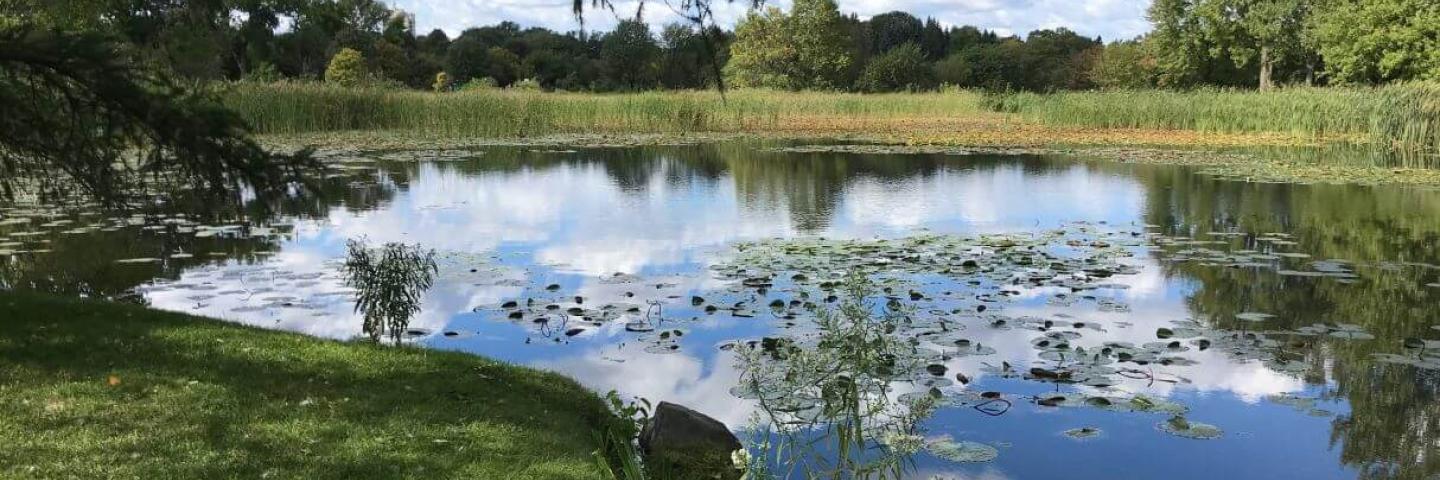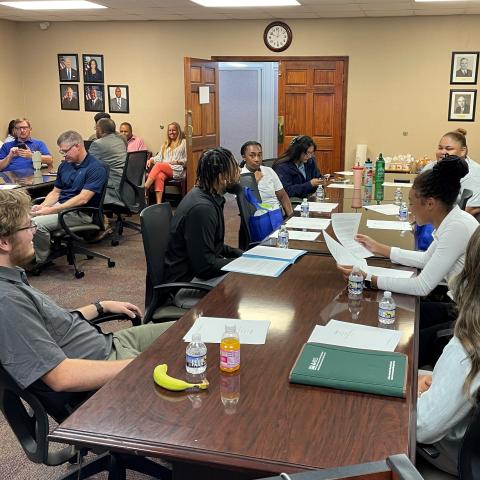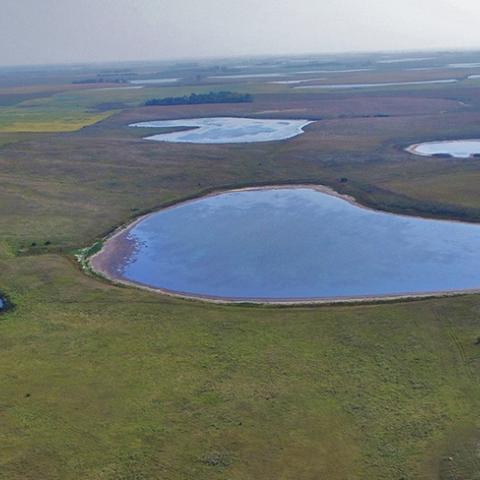News

The intent of the Water Bank Program is to keep water on the land for the benefit of migratory wildlife such as waterfowl.
Introduction
The Water Bank Program (WBP) is an NRCS conservation program that enables landowners and operators to keep water on the land to protect wetlands and provide wildlife habitat. For 2022, $4 million is available for the program.
The program:
- Preserves and improves major wetlands as habitat for migratory waterfowl and other wildlife
- Conserves surface waters
- Reduces soil and wind erosion
- Contributes to flood control
- Improves water quality
- Improves subsurface moisture
- Enhances the natural beauty of the landscape
As part of a 10-year rental agreement, landowners receive annual payments for conserving and protecting wetlands and adjacent lands from adverse land uses and activities, such as drainage, that would destroy the wetland characteristics of those lands.
Participant Eligibility
To be eligible to participate in the WBP, a person must:
- Be the landowner of eligible land for which enrollment is sought for at least two years preceding the date of the agreement unless new ownership was acquired by will or succession as a result of death of the previous owner; or
- Have possession of the land by written lease over all designated acreage in the agreement for at least two years preceding the date of the agreement unless new ownership was acquired by will or succession as a result of death of the previous owner and will have possession over all the designated acreage for the agreement period.
Financial assistance will not be available for conservation practices through WBP. WBP participants who wish to establish or maintain conservation practices may apply for financial assistance through other NRCS or state financial assistance programs where available. NRCS will assist participants with developing a Conservation Plan of Operations (CPO) for the enrolled land and associated adjacent land when applicable.
Land enrolled in WBP may not be cropped. NRCS may authorize haying under limited circumstances, such as severe drought. NRCS may authorize grazing where necessary to enhance the wetland functions and values of the land under agreement.
Each participating farm or ranch will enter into a WBP agreement, which will become effective on January 1 of the calendar year in which the agreement is approved. WBP contracts are non-renewable, 10-year rental agreements. Rental payments are made annually.
Program Priorities, Payment Rates, Application Dates
Priorities
- High – Cropland impacted by flooding
- Medium – Pasture, hay and range lands impacted by flooding
- Low – Forest and other lands impacted by flooding
Eligible applications from the High category will be funded first, followed by the Medium and Low categories.
The State-established ranking criteria will emphasize the project’s environmental benefits, cost, availability of matching funds, and significance of wetland functions and values.
Payment Rates
- $50/acre/year for cropland
- $35/acre/year for pasture and range land (grazing lands)
- $20/acre/year for forestland
Program Dates
- FY 2022 application period is to begin in May 2022.
- FY 2022 funds are to be obligated to agreements by September 28, 2022.
- FY 2022 agreement rental payments are to be made by November 21, 2022.
- For more information, contact your local NRCS office in Minnesota, North Dakota or South Dakota.
Ready to get started?
Contact your local service center to start your application.
How to Get Assistance
Do you farm or ranch and want to make improvements to the land that you own or lease?
Natural Resources Conservation Service offers technical and financial assistance to help farmers, ranchers and forest landowners.

To get started with NRCS, we recommend you stop by your local NRCS field office. We’ll discuss your vision for your land.
NRCS provides landowners with free technical assistance, or advice, for their land. Common technical assistance includes: resource assessment, practice design and resource monitoring. Your conservation planner will help you determine if financial assistance is right for you.
We’ll walk you through the application process. To get started on applying for financial assistance, we’ll work with you:
- To fill out an AD 1026, which ensures a conservation plan is in place before lands with highly erodible soils are farmed. It also ensures that identified wetland areas are protected.
- To meet other eligibility certifications.
Once complete, we’ll work with you on the application, or CPA 1200.
Applications for most programs are accepted on a continuous basis, but they’re considered for funding in different ranking periods. Be sure to ask your local NRCS district conservationist about the deadline for the ranking period to ensure you turn in your application in time.
As part of the application process, we’ll check to see if you are eligible. To do this, you’ll need to bring:
- An official tax ID (Social Security number or an employer ID)
- A property deed or lease agreement to show you have control of the property; and
- A farm number.
If you don’t have a farm number, you can get one from USDA’s Farm Service Agency. Typically, the local FSA office is located in the same building as the local NRCS office. You only need a farm number if you’re interested in financial assistance.
NRCS will take a look at the applications and rank them according to local resource concerns, the amount of conservation benefits the work will provide and the needs of applicants. View Application Ranking Dates by State.
If you’re selected, you can choose whether to sign the contract for the work to be done.
Once you sign the contract, you’ll be provided standards and specifications for completing the practice or practices, and then you will have a specified amount of time to implement. Once the work is implemented and inspected, you’ll be paid the rate of compensation for the work if it meets NRCS standards and specifications.



